One of the vital components of a great walking holiday is a fabulous pair of walking boots. They don’t have to be expensive but they do need to be comfortable and fit for the purpose. Without great walking boots you feet will be in tatters – and that could ruin your holiday. So where do you start? If you already have a fabulous pair of walking boots but they are a little worse for wear, or you’re looking to treat yourself to a new pair of boots for your holiday, there are a few tips to ensure you buy the right boots. A first glance of walking boot shelves in any outdoors store reveals hundreds of different boots. There are leather boots, part leather and canvas, Gore-Tex, full height walking boots, mid-height boots and walking shoes. There are also walking boots made for mountains, hills, trails, winter and summer. And they are in fits for kids, women and children – and a wide range of prices.
Guide to buying the right walking boots
When will you wear the walk boots? If it’s a summer walking holiday and on easy-going trails, you can go for a lighter weight pair of walking boots. You could even choose a pair of walking shoes if you will not require the ankle support but walking shoes should be reserved for only the easiest of trails and when you will encounter only a few hills. Otherwise, choose walking boots for the best support and comfort. Fairweather walking, for example in warm conditions overseas, also gives you the option of boots that are not fully waterproof, although in the UK waterproofing is always a good choice. Breathable materials mean your feet will not sweat as much. Soles should still be grippy but they will not need to be as stiff as winter walking boots. If it’s a winter walking holiday, you’ll need more robust boots. Winter boots should be waterproof and will need to cope with testing terrain, including mud and snow. Choose boots that are classed as three seasons or four seasons. Look for Gore-Tex or leather and check the soles to make sure they are rugged and offer more aggressive grip. If you plan to head high into the mountains in winter make sure you can use the boots with crampons. Ask the person who is advising you on boots. Boots will often be classed in different versions:
- Trail
- Hill
- Mountain
- Two, three or four seasons.
Choose according to your leisure activities or holiday aspirations. It might be that you need to buy two different pairs, rather than one compromise pair. A pair for summer walking and another for winter hiking makes sense.
Important features of walking boots
Leather or fabric: For decades, leather was the material of choice when manufacturing outdoor footwear. Leather is tough, durable and fairly breathable. Today, however, many more walking boots are made using new fabrics, such as Gore-tex, that offer toughness, durability, improved breathability and comfort. Modern fabric footwear will not be as tough or durable as leather footwear but they often offer better comfort and breathability. Full height or mid-height walking boots: The difference between these types of boots is the height of the ankle support. If you have weaker ankles or you’ll be walking on rocky or rough terrain, full height walking boots are the best option. Mid-height walking boots are more comfortable because they are not as rigid around the ankle area but they offer less support. Mid-height walking boots will be suited to easier-going terrain and for shorter distance walks where the gradients are not too severe. Remember, too, that higher ankled boot will offer better protection from mud and rain.
Top tips for new and comfortable walking boots
You can actually buy boots that will not need to be “broken in”! Modern materials and designs mean that your boots should be very comfortable from the moment that you put them on and tie them up. If they don’t feel comfortable, don’t buy them. Try first: It’s important to try on your boots before buying them. Head along to a local outdoors shop and try on as many different boot styles as you can. A shop should be happy to take the time to let you try on lots of boots. Most stores also allow you to take the boots home and wear them around the house with a money back option if they do not feel comfortable. You can’t walk a hill and ask for your money back but you should be able to try them in the comfort of you own home. Many on-line stores offer this option too. Wear your walking socks: This might seem obvious, but the best socks to wear when trying on your walking boots are your favourite walking socks. Try the boots on in the afternoon: Your feet swell during the day. And your feet will swell while you’re walking in the countryside. So try on your new boots in the afternoon or after you’ve been walking about for a couple of hours for the best fit. Great fit: Boots come in different styles and widths. Go for a boot with a snug fit. You do not want you feet moving about too much inside the boot because this can lead to blisters and may also cause body muscle and alignment injuries. Thumb’s width: Buy boots with a thumb’s width gap between the end of your toes and the front of the inside of the boot. This will prevent your toes banging on the front of the boots when walking downhill.
Any more walking boot features?
Soles: Different types of soles are suited to different terrains. Ask for advice according to wear you intend to walk. Eye locks: These are the eyes that keep the laces locked once tied. These are very handy for keeping your boots firmly done up. Bumpy laces: Laces that have notches or bumps along their length help to keep them firmly tied. Orthotic insoles: These can help with improved comfort. Cushioned tongues: Again, this aids comfort in a walking boot. Are there any other tips for buying the right walking boots that you can think of? Now you've got your boots, get some inspiration to help choose a walking holiday to put them to use on!







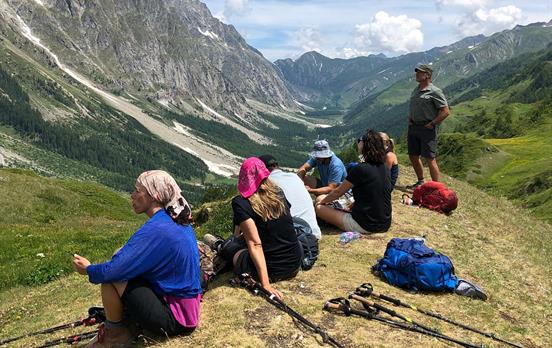

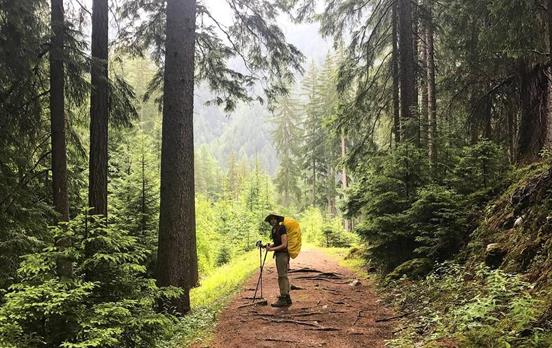
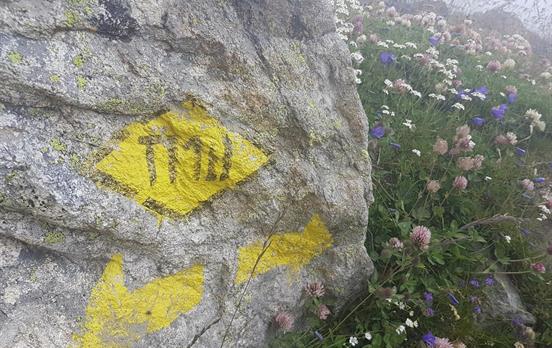
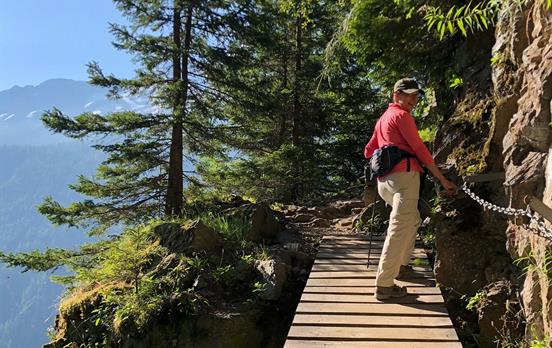



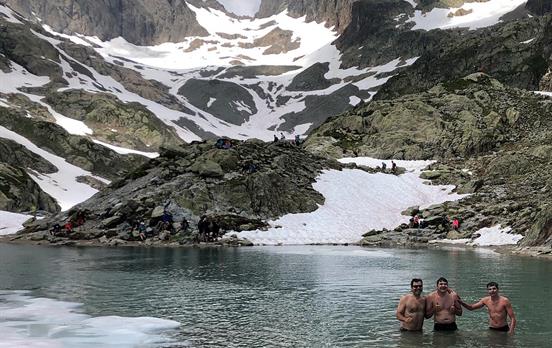
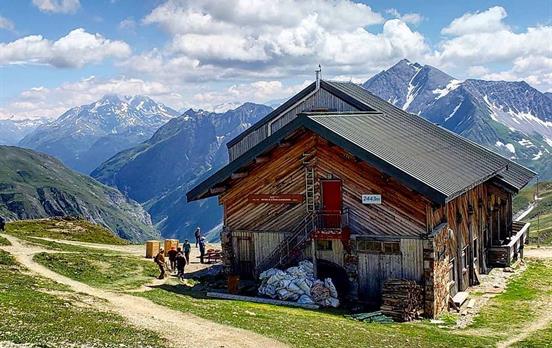
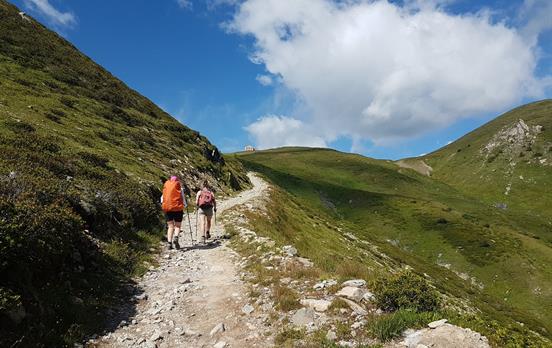




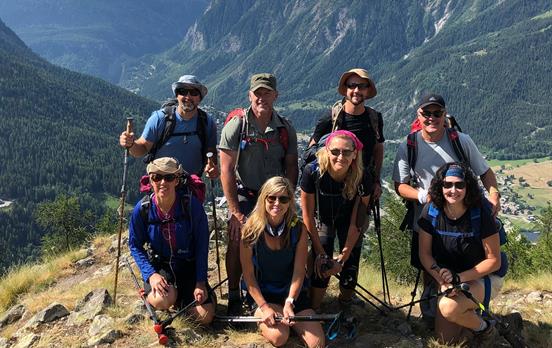


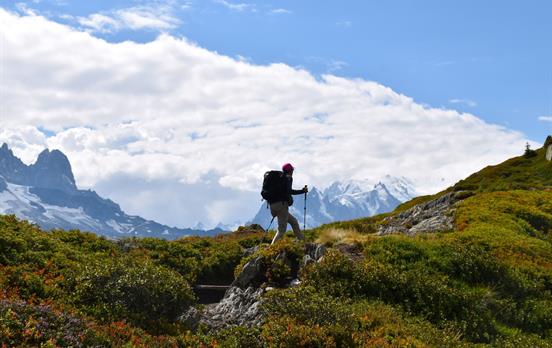


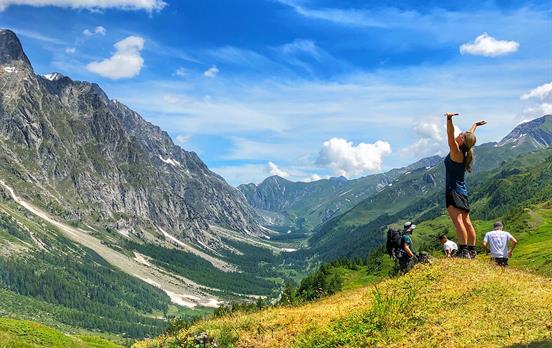
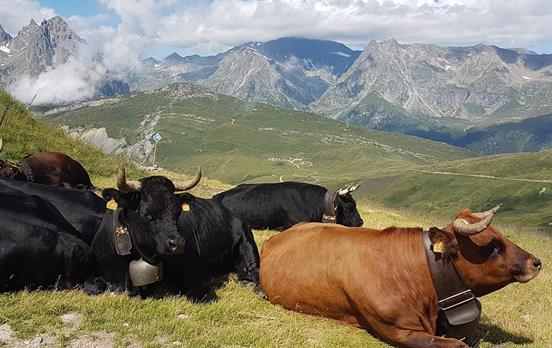

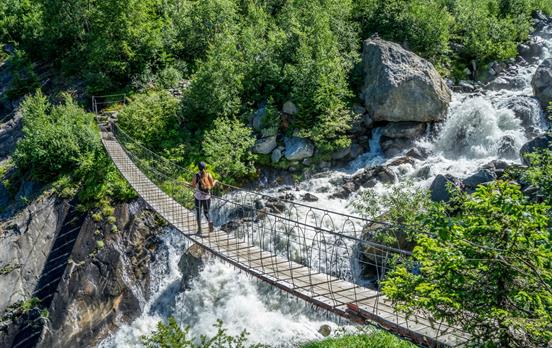
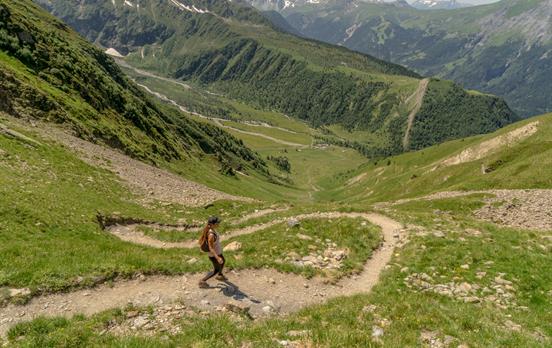

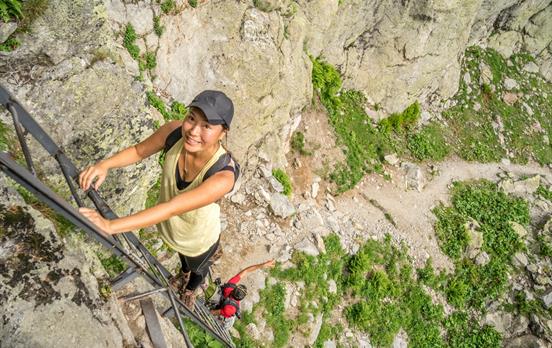



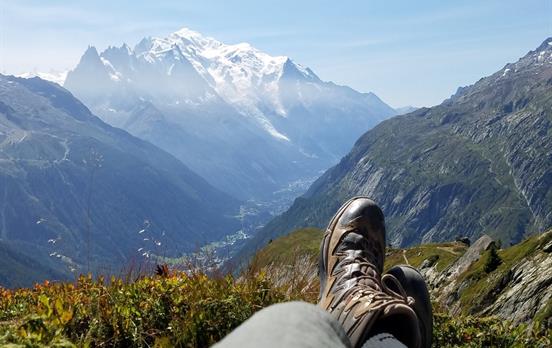

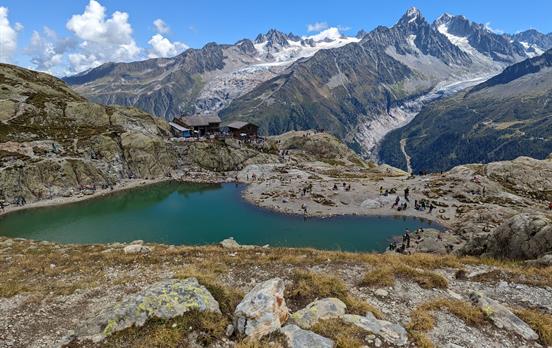



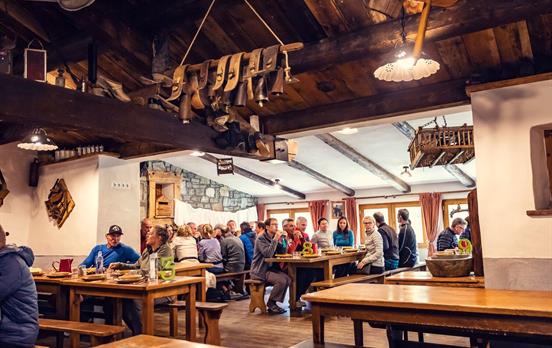
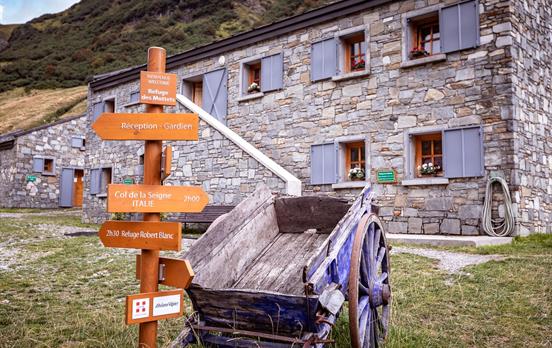
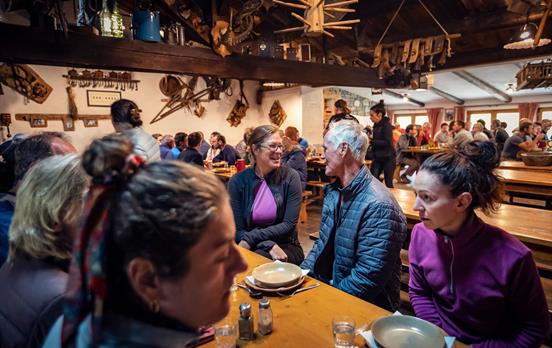

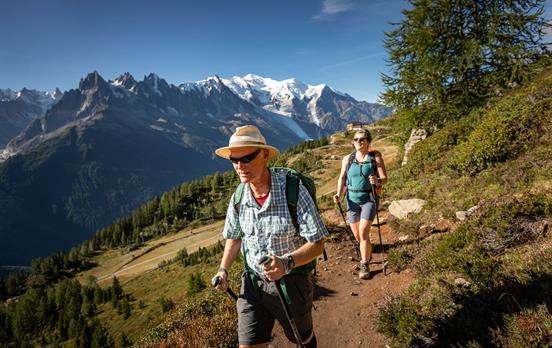
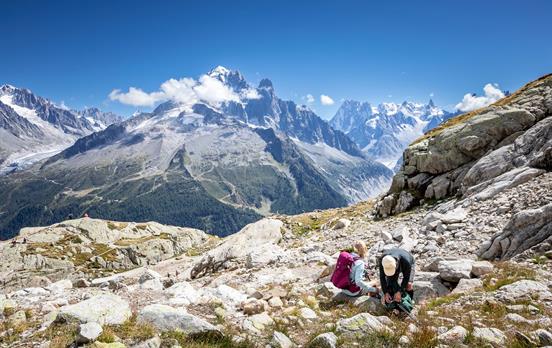



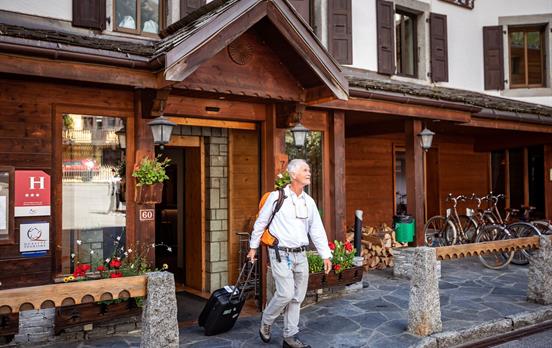
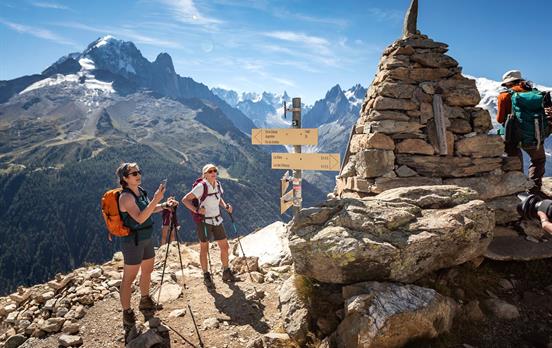
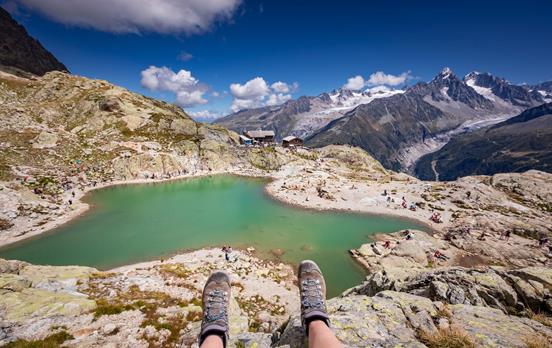





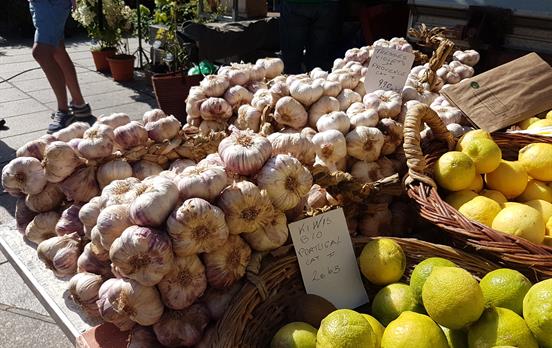


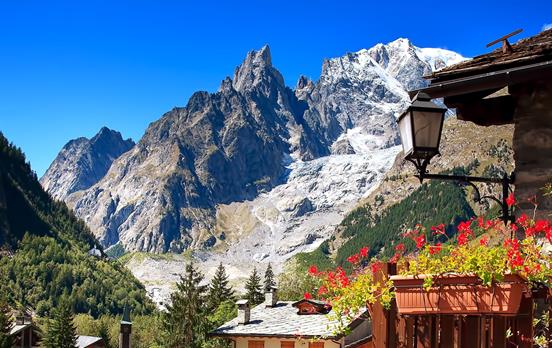
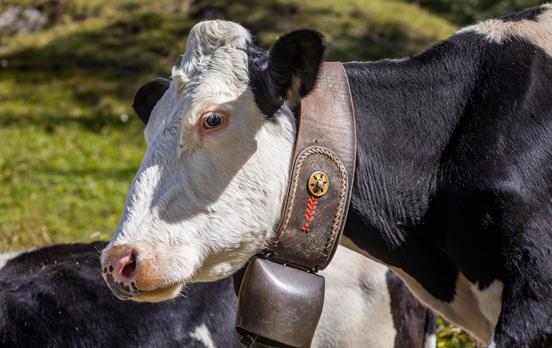

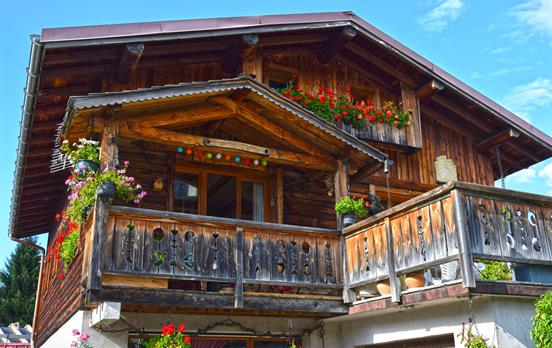









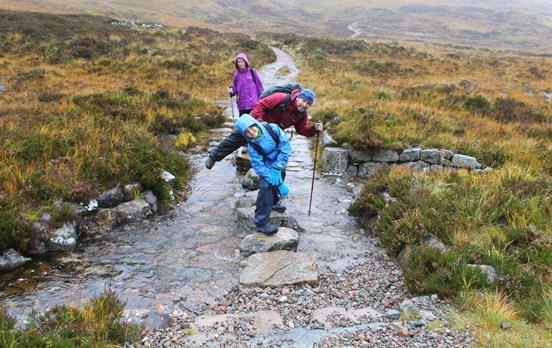

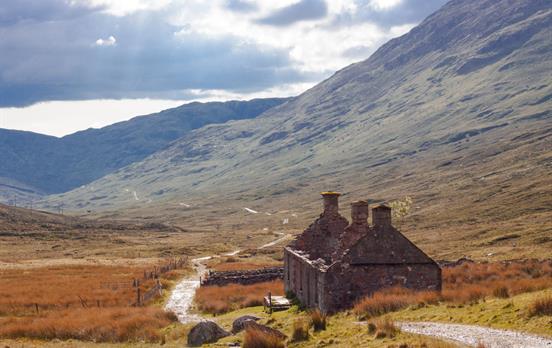







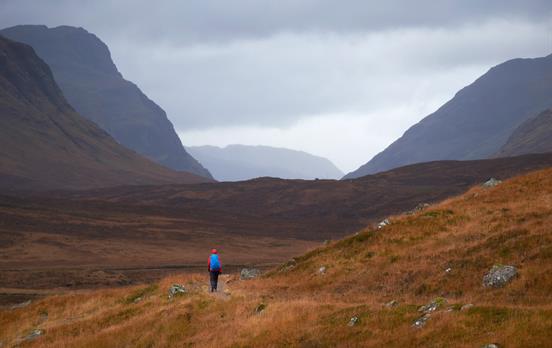





















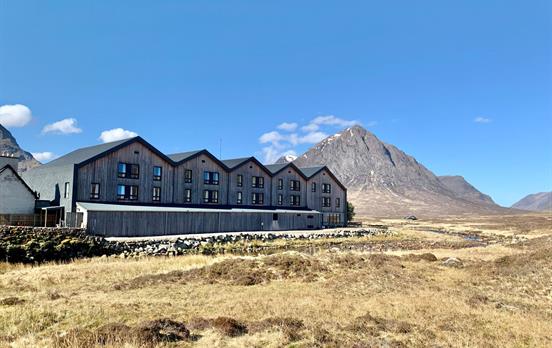

































 Canada
Canada